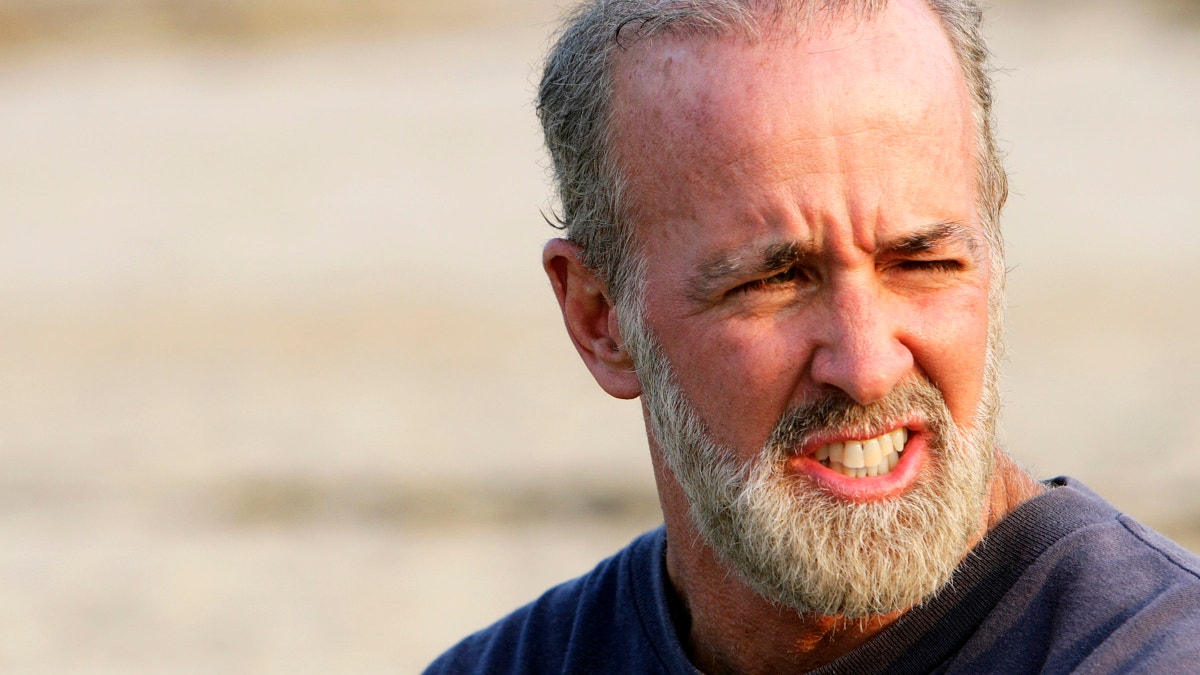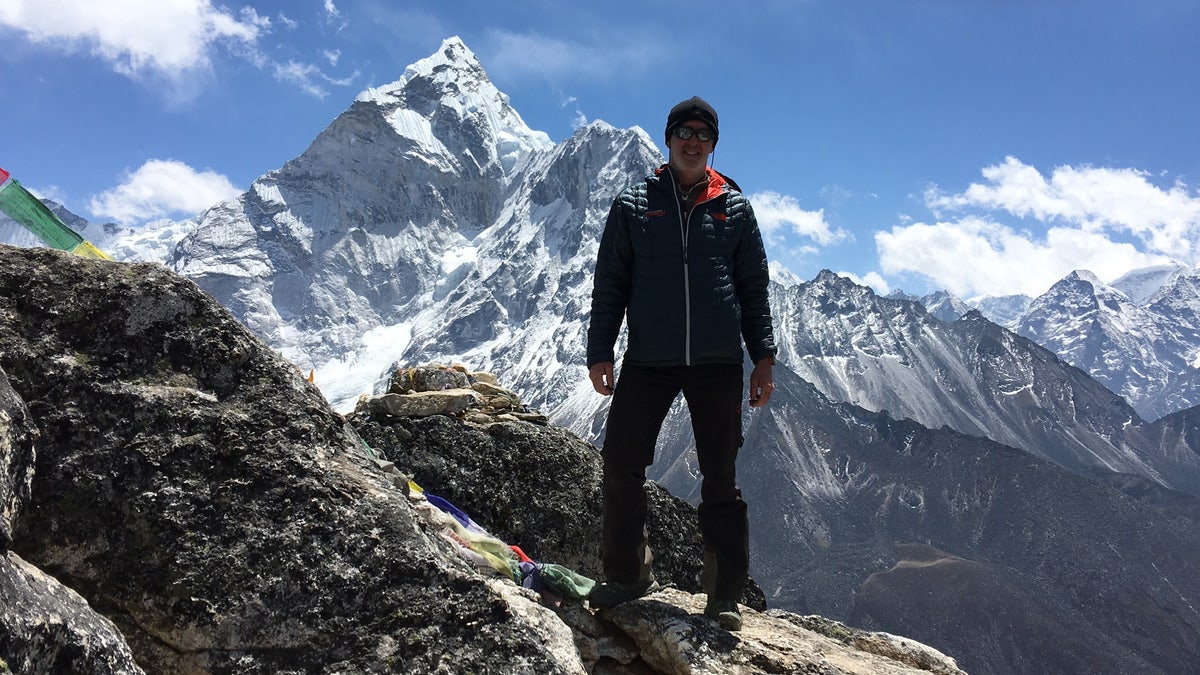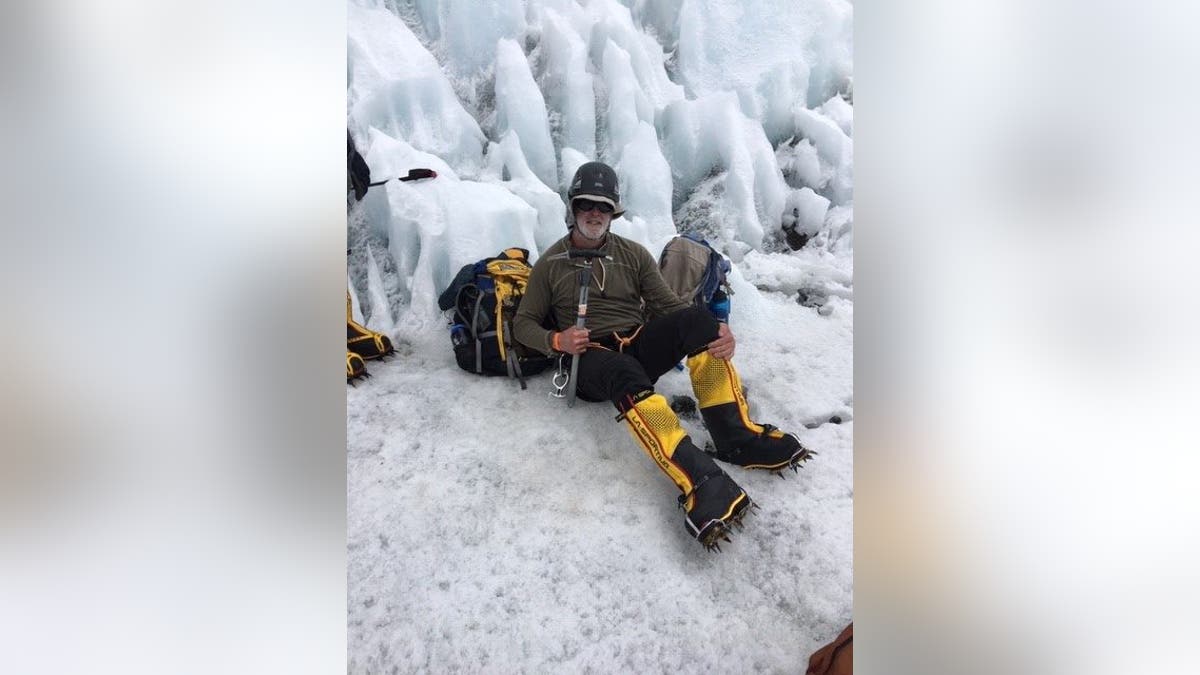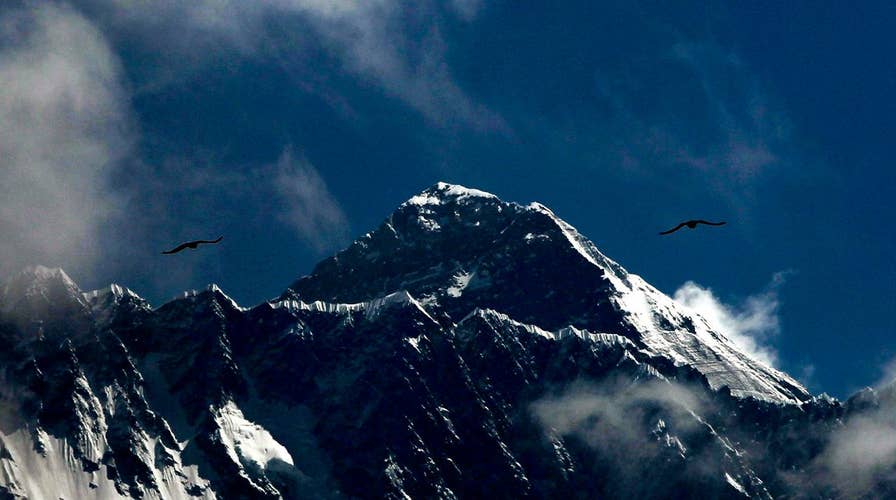Why has this year's Mt. Everest climbing season been so deadly?
Experts are concerned that the popularity of reaching the world's tallest summit has led to deaths due to overcrowding.
Close to 5,000 people have summited Mount Everest since 1953. Over 300 people have died on the mountain, and more than 200 of their bodies remain, frozen, on the mountain.
Some of my personal heroes are legendary climbers, great men who have inspired and motivated me for decades: Sir Edmund Hillary and Tenzing Norgay, the first to summit Everest back in 1953, and Reinhold Messner, the first to summit without supplemental oxygen and first to summit the mountain solo.
I have competed in well over 1000 endurance competitions, however if I were to show my list of athletic “accomplishments” to Reinhold Messner, he might smile and say, “Well kid, I’m taking my pack, I’m going alone, I’m not taking any oxygen and I am going to climb the north face of an 8000 meter peak that has never been climbed before. I should be back in a couple of months.”
EVEREST CLEANUP CREWS REMOVE OVER 24,000 POUNDS OF GARBAGE, RECOVER FOUR BODIES, OFFICIALS SAY

Photo by Will Ramos Photography
As someone always looking for a new adventure, climbing Mount Everest was something I wanted to do for well over 25 years. Jon Krakauer’s book “Into Thin Air,” his own account of the 1996 Everest disaster, where eight climbers were killed and others badly injured, drove me and countless others, for some odd reason, to want to climb this elusive mountain all the more.
In 2016, I finally had my opportunity to climb Everest. I had to commit to 70 days on the expedition. The cost was over $90,000 in permits, insurance, gear, travel, lodging, and more. It was all worth it. This was the dream of a lifetime.

(Courtesy of the author)
I was selected to be on a very strong climbing team. It included Ang Dorje Sherpa, the world’s most famous Sherpa, as lead (Ang has summited Everest 20 times and been featured in the Everest movie and Krakauer’s book). The team also had Lydia Bradley, who was the first woman to summit Everest without supplementary oxygen and has summited the mountain five times.
Some of the other climbers on the team occasionally got sick, tired out and even exhausted at times, but for some reason – even though I was 60 years old, the oldest person on the team – I felt strong, healthy, very happy and grateful to be climbing Mount Everest. The 10-day hike up to base camp was not very difficult for me; I even offered to carry the pack of a fellow climber who had become quite ill during the hike.

(Courtesy of the author)
To aid our acclimatization process, we made a number of day ascents up the mountain. During these trips, we navigated through the notorious Khumbu Icefall by crossing crevasses on rickety aluminum horizontal ladders and climbing up sheer walls with vertical ladders, all set in place by the Sherpas.
The Icefall is constantly shifting and the crevasses open with little warning. Large towers of ice knowns as seracs, sometimes the size of houses, often collapse and come crashing down. It is a scary place and is considered the most dangerous section of the climb.
I had just crossed one of the many 16-foot horizontal ladders and started to climb an adjacent vertical ladder, which did not quite reach the top of the ice tower. As I was finishing this difficult climb, hanging on by the points of my crampons and an ice ax, I started to have difficulty breathing and things began to get dark. I was losing my color vision and my lungs began filling with fluid.
I could also hear loud gurgling from my chest as I struggled to breathe in the thin air. The blue sky and white clouds all turned dark and gray. I did not know what was happening to me. At the top of the ice tower, Ang Dorge Sherpa asked me if I was OK. I told him I would be fine, but I needed to catch my breath. I rested my head in the snow and fell unconscious.

(Courtesy of the author)
When I woke up, I could barely make out my team, hundreds of meters away. They looked like small black stick figures surrounded by a dark gray mist. My situation was quickly becoming more dire. I was worried about my own survival.
One of our guides, New Zealander Mike, came to my rescue. In his eight Everest climbs, Mike had witnessed other climbers die for a variety of reasons. He quickly recognized my symptoms and knew he had to get me down the mountain quickly or I would not survive.
By this time, I was exhaling fluids, I lost my memory and did not know which way was up or down. I was literally drowning in my own fluids (high-altitude pulmonary edema – HAPE) and my brain cavity was also filling with fluids (high-altitude cerebral edema (HACE).
Mike handed me his O2 mask and the oxygen helped a bit, but after every two or three steps, I would still collapse. We made it to a 100 plus foot vertical ice wall. Mike rappelled down the wall. When he got to the bottom, he yelled up to me “Are you sure you can rappel?” I answered, while coughing and choking, “Yes, of course, I have rappelled all of my life.”

(Courtesy of the author)
I took the rope and tried to hook it into my rappel device attached to my climbing harness. As a SEAL, I had done this thousands of time, usually in the dark in the middle of the night. But standing at the top of that ice wall, although I did all I could to remember how to rig my line into my rappel device, I could not remember how to do it. My muscle memory was also gone.
However, I did remember seeing a Sherpa’s method: He’d wrap a rappel line around his arm a number of times, and as he lowered himself off the cliff, he released the loops one at a time. So, I took the rope and wrapped it around my right arm about five times. I lowered myself off the cliff wall while coughing and choking, and as the Sherpa had done, I released one loop at a time until I reached the ground – my biggest fear was that I would pass out during the rappel.
Over many hours, we very slowly made it back down to base camp at 17,598 feet. I wasn't able to think very clearly but did realize that I was in very bad conditions since I kept collapsing even with the supplemental oxygen. In order to survive, I needed to get much lower – and quickly – however, the bad weather had come in, making it impossible to get a medevac out that night.
Our secondary Sherpa and our doctor had already been medevac’d off the mountain, leaving me without medical attention. Afraid that I was about to die on him, Mike the guide searched the base camp for another doctor and luckily found a well-known doctor who had once actually sutured her own leg after an avalanche killed many people in base camp and then gone on to save more lives. She agreed with Mike that I was in dire straits and needed to get down as quickly as possible. I was honored to be treated by this woman.
I spent that night choking on the fluids from my lungs that were constantly filling my oxygen mask. The violent coughing and choking were non-stop. It felt like I was coughing up my own ribs.
A Swedish helicopter arrived the next day. It took me hours to trek to the helicopter landing zone. My teammates all trekked up to the helicopter to wish me luck and to say good-bye. I certainly appreciated my teammates for doing that for me; I knew that extra effort of hiking all the way to the departure point was a real effort for them.
After a couple of hours flying and an hour-long ambulance ride I finally found myself in Katmandu’s high-altitude medical treatment facility. Numerous tests confirmed that I had high-altitude pulmonary edema (HAPE) and high-altitude cerebral edema (HACE), both potentially fatal ailments.
The doctor told me that if I’d gone any higher or stayed any longer on the mountain, I would not have survived. I spent the rest of that week under observation before being allowed to travel back to the U.S.
Many very experienced and talented climbers have lost their lives on the mountain due to HAPE, HACE, and other reasons beyond their control. However, the increasing number of less-experienced climbers create an even more hazardous situation for all climbers.
There is not a limit imposed on how many climbers are permitted to climb the mountain. To make matters worse, Everest doesn't even require prior mountaineering experience for the climbers to obtain permits. At best, the permits might be reviewed to note the climbers' experience, however, proof of that experience is not required.
CLICK HERE TO GET THE FOX NEWS APP
Three years later, I am still recovering. I have climbed over 14,000 feet, six times since my Everest climb but my body is not the same and my short and long term memory are still impaired. There is nothing at all I could have done to prevent getting HAPE or HACE. It has nothing at all to do with physical conditioning or age.
Climbers and medical researchers have spent decades trying to find out why some climbers acquire these symptoms and others do not. Even, legendary Sir Edmund Hillary, years after his summit on Everest, was afflicted with these high-altitude ailments and became seriously ill a couple of times before resigning to the fact that his “big-mountain” days were over.
I have absolutely no regrets! I am very fortunate and grateful to not only have survived but to have had the experience to be on that mountain. I almost paid the ultimate price, but I will not be going to my grave saying “I wish I had tried, I wish I had given it a chance, if only…” My feelings of hurt and sorrow have only deepened for those poor climbers, who get hurt or become ill high up on the mountain, knowing a rescue is very unlikely and knowing their own fate.

